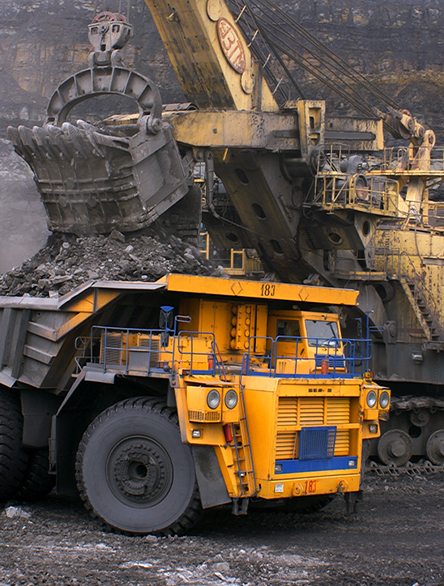
Zambia produces copper, cobalt, gold, nickel, manganese, emeralds, beryllium, myriad gemstones, sulfur, zinc, coal, iron ore, steel, limestone, uranium and other platinum-group metals.
In 2022, Zambia produced 763,287 metric tons of copper. This was a 5% decrease from 800,696 tons in 2021.
Zambia also has the largest copper and gold refineries compared to other countries There are companies also produces cobalt.
He Mines and Minerals Development Act No. 11 of 2015 defines the legal framework for Zambia's mining industry and sets rules for mining rights, mine safety, taxation, and environmental responsibilities.
Research by the Overseas Development Institute on the taxes and fees in the Zambian mining sector during privatisation in the late 1990s and the subsequent boom in copper prices reviewed the taxes and fees for mining and compared it internationally for royalties and corporate income tax in other major mining countries. There were significant differences between countries in how these taxes are calculated and as a result, a comparison of 'headline rates' on their own provide limited insight into how would-be investors perceive the mining sector.
They argued that perceptions offer an alternative and complementary approach to examine how Zambia compares from investors perspective to other countries. Using the Fraser Index component covering taxes and fees specifically, Zambia is in the middle of African countries, on par with South Africa, worse than Botswana, but better than the DRC. Perceptions that the taxes and fees for mining in Zambia are attractive does not necessarily mean the fiscal rates are themselves attractive (and vice versa) as investors tend to view taxes and fees in a broader context of risks to existing framework including its historical volatility and expectations regarding future changes, the possibility of negotiating a deal which is 'better' than the 'official' headline rates through exemptions or allowances, and other factors shaping the economics of the project for example if the geology is very favourable and extraction is low-cost, a firm will be able to accept a higher tax rate.
They claim the diversity of 'drivers' behind investment illustrates the challenges of talking about the 'competitiveness' of a sector's taxes and fees in a narrow sense and different companies will weigh the above factors differently depending on access to low-cost import markets, further complicating an assessment of what an 'average' investor would consider attractive. Government and its development partners have a role to play in promoting policies that make investment more attractive, such as increasing the predictability of the taxes and fees whilst reducing the costs of mining, from infrastructure to skills and quality of geodata.
They found Zambia is collecting and managing revenues from the mining sector, and that Extractive Industries Transparency Initiative has brought welcome transparency to the sector, but has limited scope. Debates have been less about whether revenue is going missing from companies to government, but more on whether Zambia is collecting what it is due. The main challenges therefore are for Zambia lie in reducing the complexity and opacity of mining sector fiscal framework, whilst boosting capacity of government agencies to monitor and collect fiscal contributions from the sector. Addressing these challenges can serve as a win-win for government, industry and development partners, by increasing taxes collected and satisfying those who are calling for greater contributions from the mining sector without further changes to an already-volatile taxes and fees.
They call for a better understanding and an open discussion between the government and mining sector, into what the sector's broader contribution is and what its needs are, to create the space for planning, education, infrastructure beyond the taxes and fees that explicitly take into account the mining sector.
